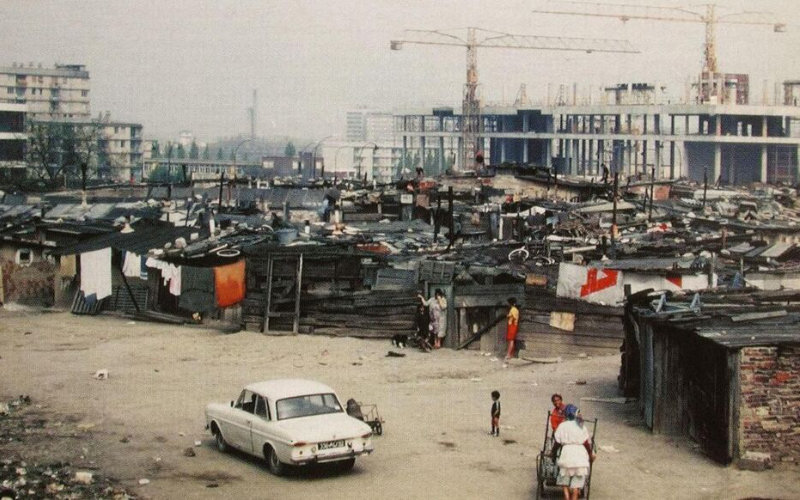From Slums to Suburbs: France’s Forgotten Immigrant Housing Crisis Resurfaces

Without decent housing, immigrant workers, particularly from Algeria and Morocco, who came to work in the large factories during the 1950s to 1970s, when France was freshly out of the war and being rebuilt, were forced to live in giant slums.
Thousands of immigrants were living in shacks made of boards, sheets of metal, and scavenged materials in Nanterre. They had no access to running water or electricity. In total, up to 14,000 people were accommodated in the Nanterre slum, spread across several areas, in 1964, reports Actu.fr, adding that this impressive figure is equivalent to that of certain small municipalities in Hauts-de-Seine. These people maintained good neighborly relations. Solidarity was the most widely shared thing. Improvised cafes, small businesses, makeshift meeting places... Life went on.
"The layout of these slums takes, with very limited means, the forms of organization of the Maghrebi medinas, with dwellings grouped around common courtyards," says architect Serge Santelli. Except that this spontaneous structuring will not have positively impacted the living conditions of the inhabitants. They continued to live in extremely precarious conditions. The state then decided to eliminate the slums and rehouse their inhabitants. This is how large housing projects like the Pablo-Picasso estate and the University of Nanterre had been built.
But the rehousing was not complete. A lack of a sustainable solution. While the Debré law of 1962 or the Guichard circular of 1973 aim to legally eliminate the slums, they do not address the real causes, which are the shortage of affordable housing, the lack of political will, and discrimination. The dismantling of the last slum in Nanterre will not be effective until 1972. Some of its inhabitants will move into social housing. Others will not be so lucky.
Related Articles
-

Former Moroccan Ministers Defend Dati’s Role in Renault Deal Amid Corruption Trial Threat
4 August 2025
-

After 40 Years in France, Algerian Father Faces Deportation Shock: "Go Back to Your Country
4 August 2025
-

France Expels Radicalized Foreigners: Hauts-de-Seine Prefect Intensifies Crackdown on Terror Suspects
3 August 2025
-

Interpol Manhunt: Moroccan Fugitive Sought for Brazen Daylight Murder in France
2 August 2025
-

Moroccan Vacation Trap: French Tourists Risk Hefty Fines for Counterfeit Souvenirs
1 August 2025